While Canada might not always shout about its successes, several of its companies are quietly dominating their industries and outperforming their American counterparts. Whether it’s with better business models, stronger ethics, or smarter innovation, these companies are proving that Canadian excellence doesn’t need a megaphone. Here are 21 Canadian companies that are outperforming their U.S. competitors.
Shopify vs. Amazon (for SMBs)

While Amazon dominates retail logistics, Shopify has emerged as the champion of small and medium-sized businesses (SMBs). Unlike Amazon, which often absorbs the brand identity of sellers, Shopify empowers them to build standalone stores. The platform is especially favored by entrepreneurs who want more control and branding autonomy. With its lower fees, customizable interface, and strong Canadian support, Shopify has become the go-to platform for businesses seeking a more independent e-commerce presence. Plus, as Amazon faces criticism for its aggressive marketplace practices, Shopify’s merchant-first approach continues to gain traction globally.
RBC vs. Wells Fargo
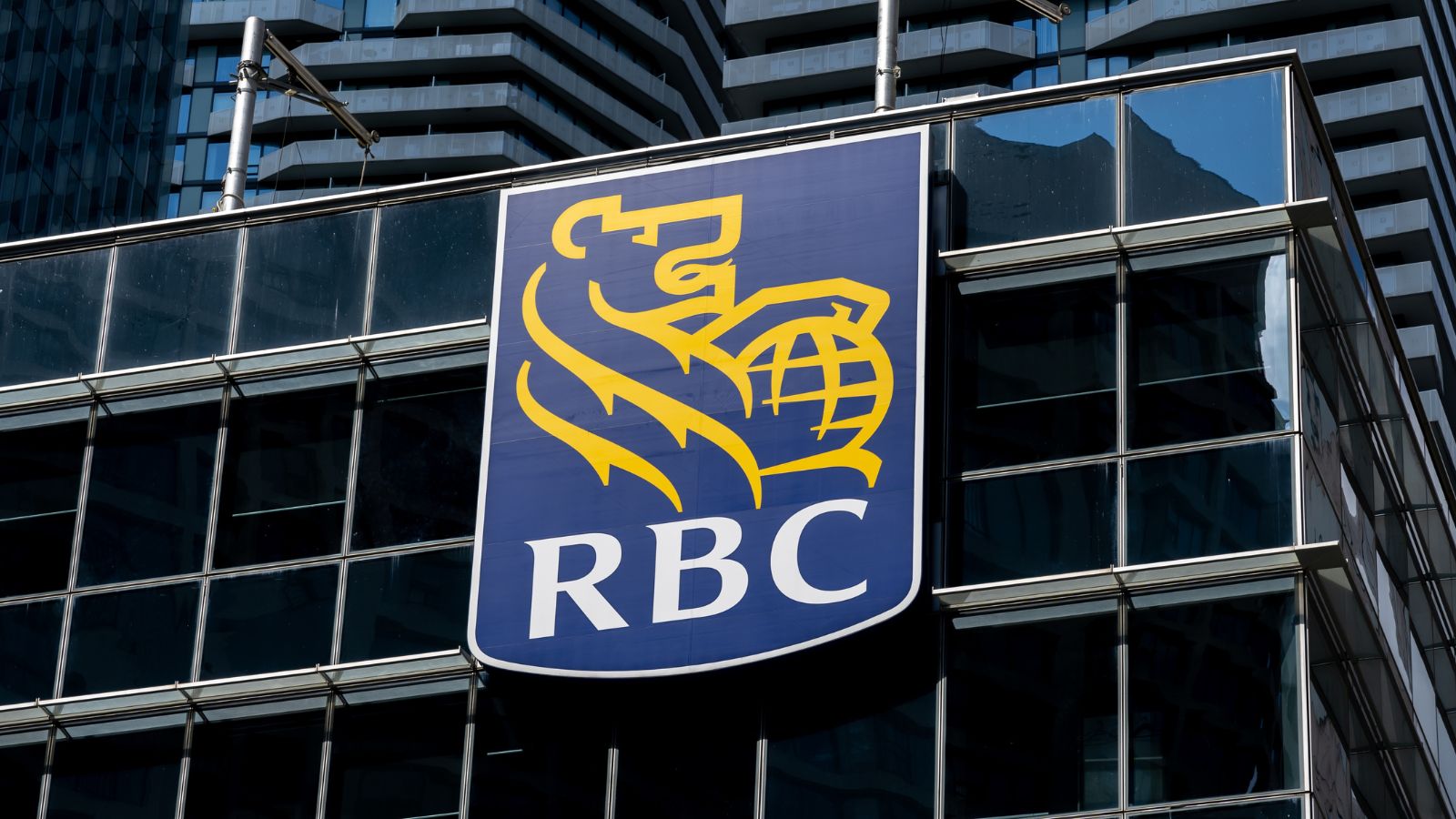
RBC has quietly but steadily built a reputation for reliability and ethical banking, which contrasts starkly with the scandal-plagued Wells Fargo. While the latter has faced multiple controversies over fake accounts and regulatory breaches, RBC has kept its image relatively clean. RBC also ranks higher in customer satisfaction in Canada than Wells Fargo does in the U.S. In terms of technology, RBC has invested in AI and fintech with a forward-looking vision, even rolling out tools like NOMI to help customers manage finances. RBC’s international strategy includes expanding in the Caribbean and investing in wealth management, while Wells Fargo retreats.
Brookfield Asset Management vs. Blackstone (in infrastructure)
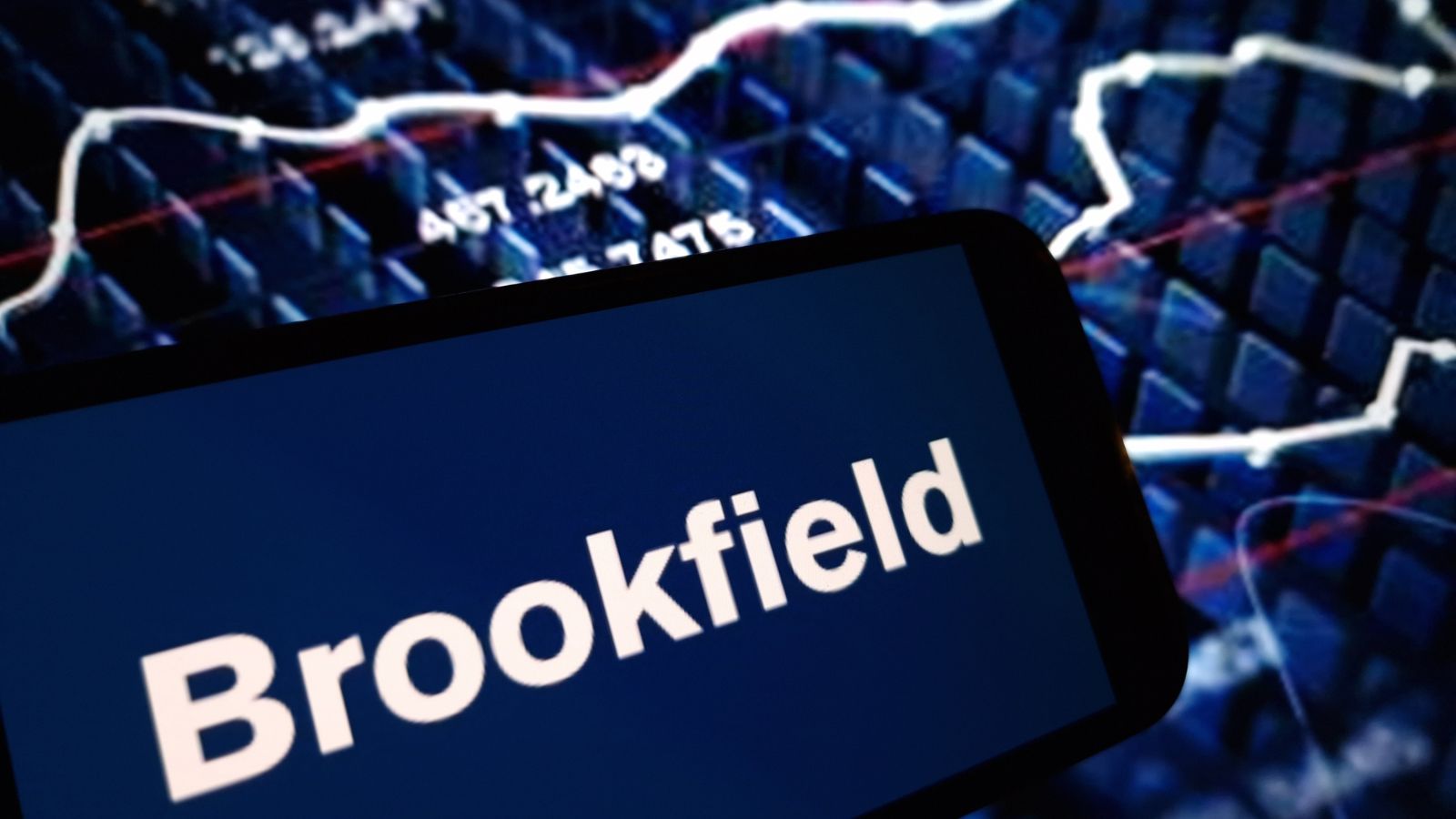
Brookfield Asset Management, with its deep roots in Canadian finance, has emerged as a global heavyweight in infrastructure, real estate, and renewable energy. While Blackstone remains larger overall, Brookfield’s long-term value creation model and success in sustainable investing give it an edge in ESG-conscious markets. Brookfield’s portfolio includes hydroelectric, solar, and wind assets across continents, and its recent moves into data centers and carbon capture position it ahead in sectors critical to the global energy transition. Also, its operational know-how, coupled with stable returns, has made Brookfield a preferred partner for governments and institutional investors.
Magna International vs. Lear Corporation
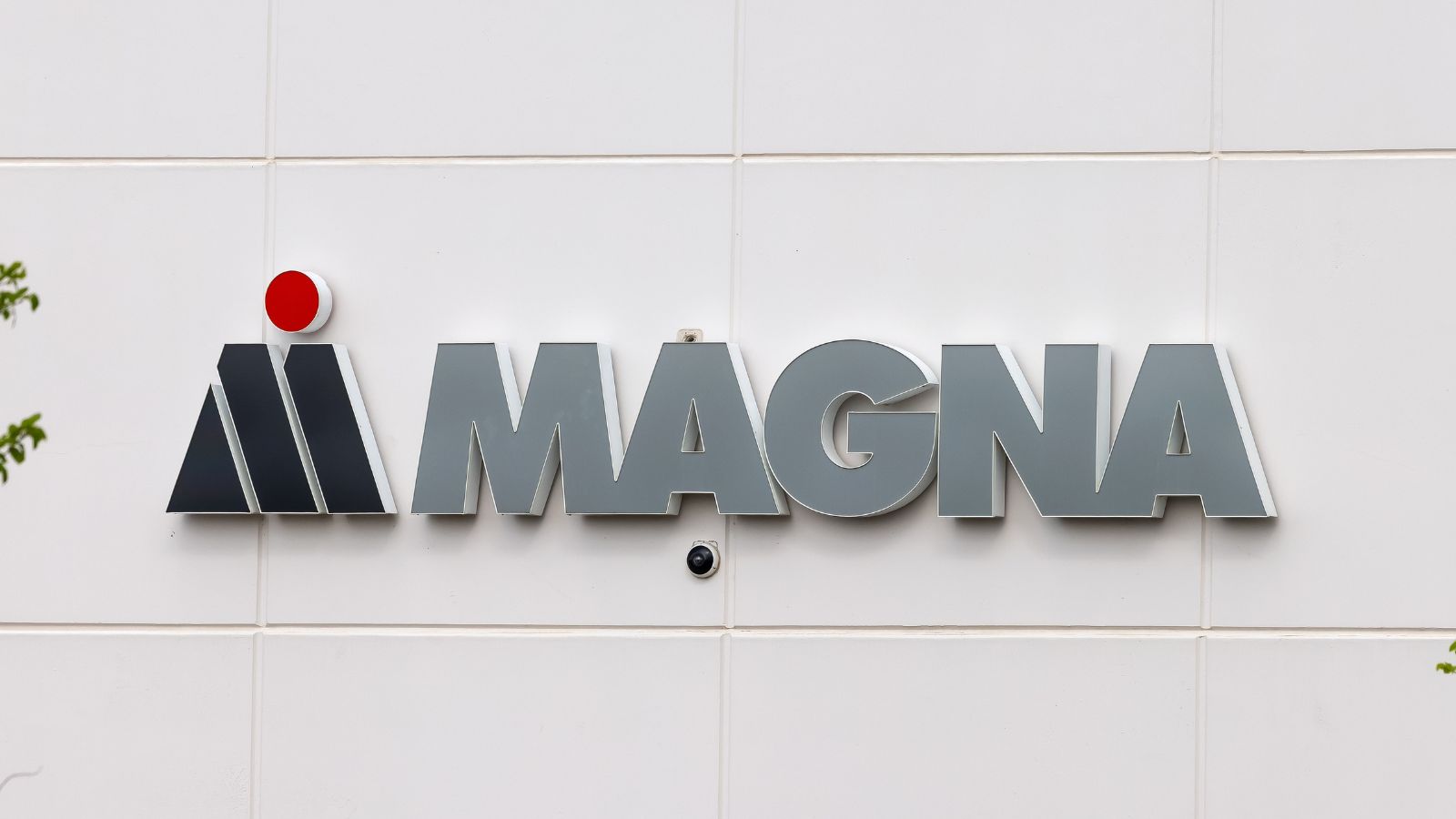
In the automotive parts industry, Magna International has evolved into one of the most respected global suppliers. With clients ranging from BMW to Tesla, Magna’s adaptability and innovation in EV components give it a leading edge. It’s not just about producing traditional parts anymore; Magna is involved in autonomous driving systems, e-mobility platforms, and even the complete manufacturing of vehicles. While Lear Corporation focuses more on seating and interiors, Magna’s broader capabilities and R&D investments allow it to diversify and outpace competitors. Its emphasis on sustainable production and smart factory integration has made it an industry leader that Detroit can’t ignore.
Canfor vs. Weyerhaeuser
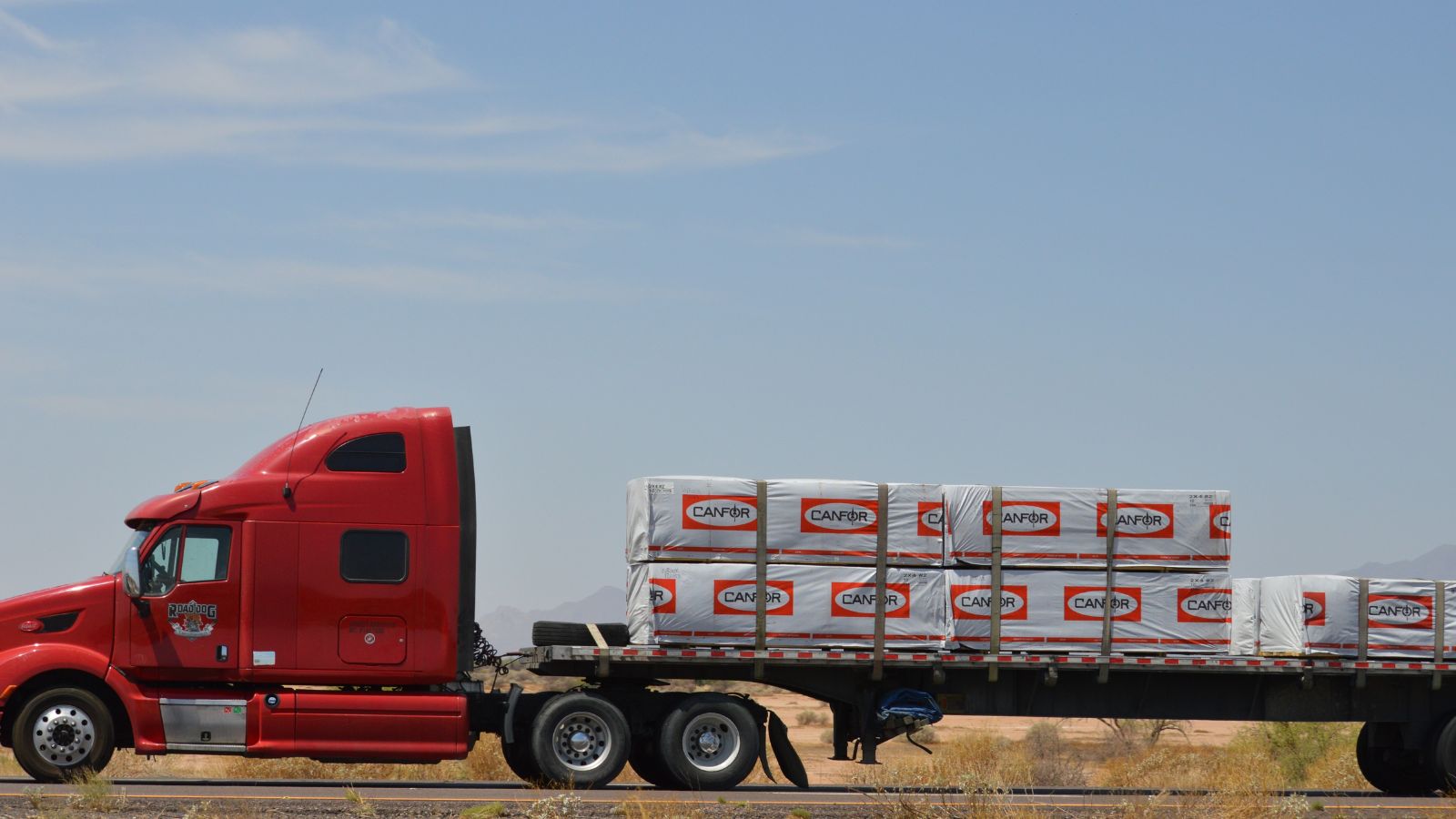
Canfor, one of Canada’s largest lumber producers, is making inroads against American rivals like Weyerhaeuser thanks to its more sustainable harvesting practices and better adaptation to climate regulations. Canfor’s investments in high-tech sawmills and carbon-reducing initiatives have positioned it as a leader in environmental responsibility. It has also diversified geographically with operations in Sweden, the U.S., and British Columbia. Meanwhile, Weyerhaeuser has struggled with U.S. policy volatility and trade restrictions.
Nutrien vs. Mosaic Co.
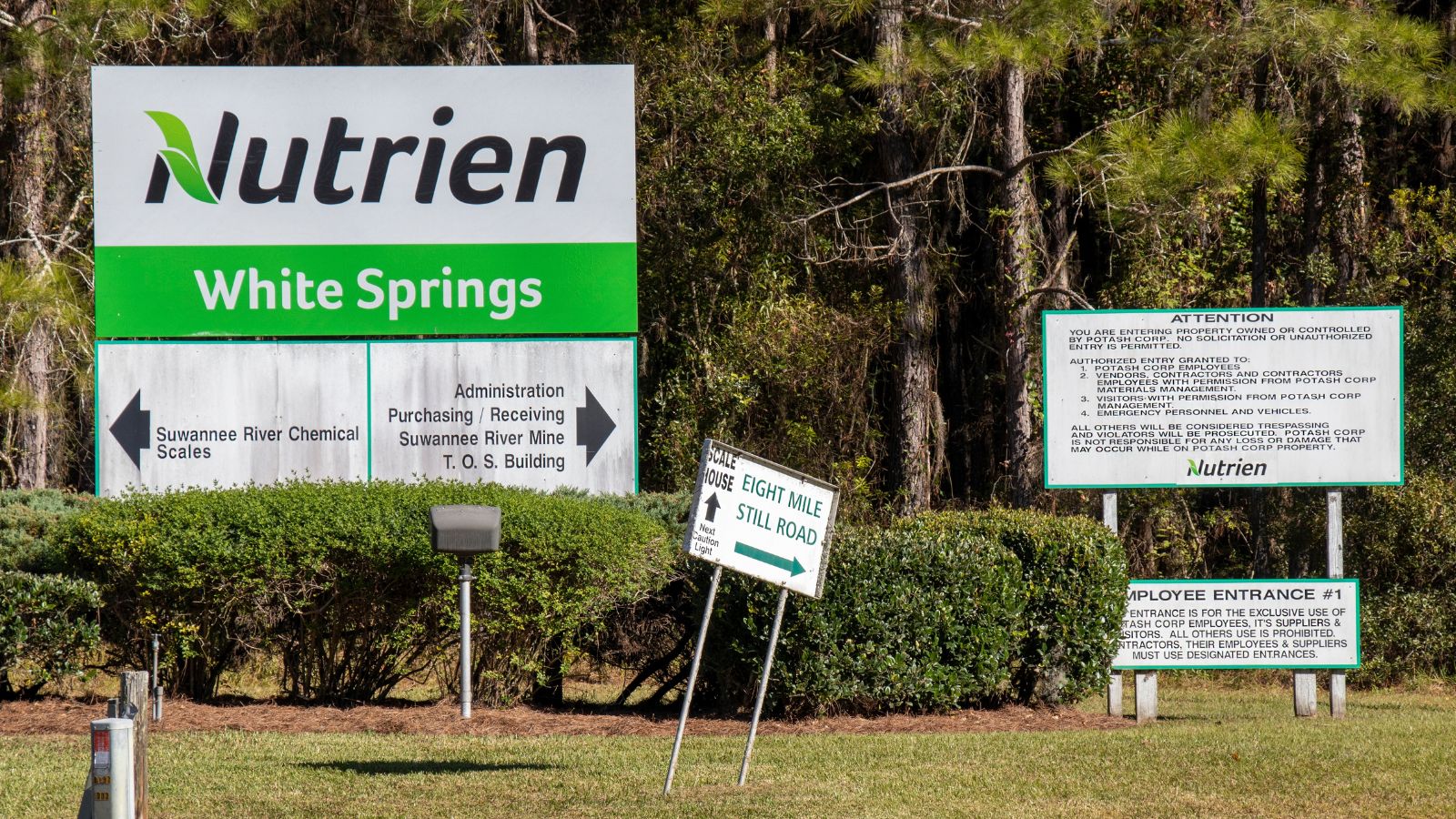
Nutrien, formed by the merger of PotashCorp and Agrium, has grown into the world’s largest provider of crop inputs. While Mosaic remains a significant player in phosphate mining, Nutrien’s vertically integrated business model, spanning from mining to retail, provides it with resilience and reach that Mosaic can’t match. Nutrien operates over 2,000 retail locations globally, offering not just fertilizer but digital tools and agronomic services. This integration enables farmers to optimize yields while keeping costs under control. Additionally, with the global food supply under pressure, Nutrien’s streamlined logistics and sustainability efforts have enabled it to become a leader in feeding the planet more efficiently.
Telus Health vs. CVS Health (Virtual Care)
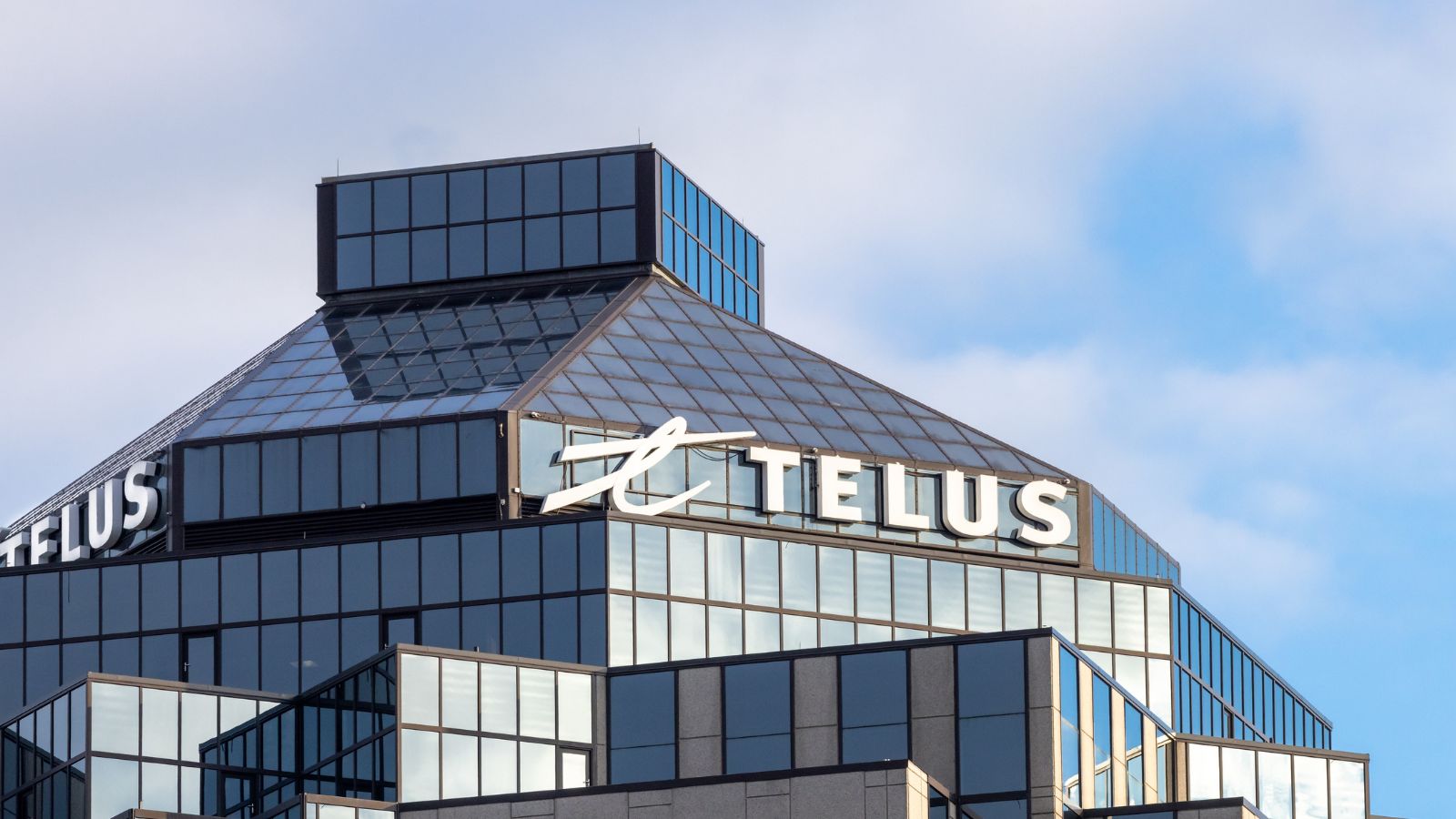
Telus Health has rapidly expanded its footprint in virtual healthcare, telemedicine, and health informatics, areas where CVS has been slower to innovate. With Telus Health’s acquisition of multiple digital health companies and its rollout of virtual care tools, the company now services over 20 million Canadians. It also offers real-time consultations, mental health support, and secure patient portals. CVS, while a dominant player in U.S. retail pharmacy, is only beginning to catch up in seamless telehealth integration.
Desjardins vs. U.S. Credit Unions
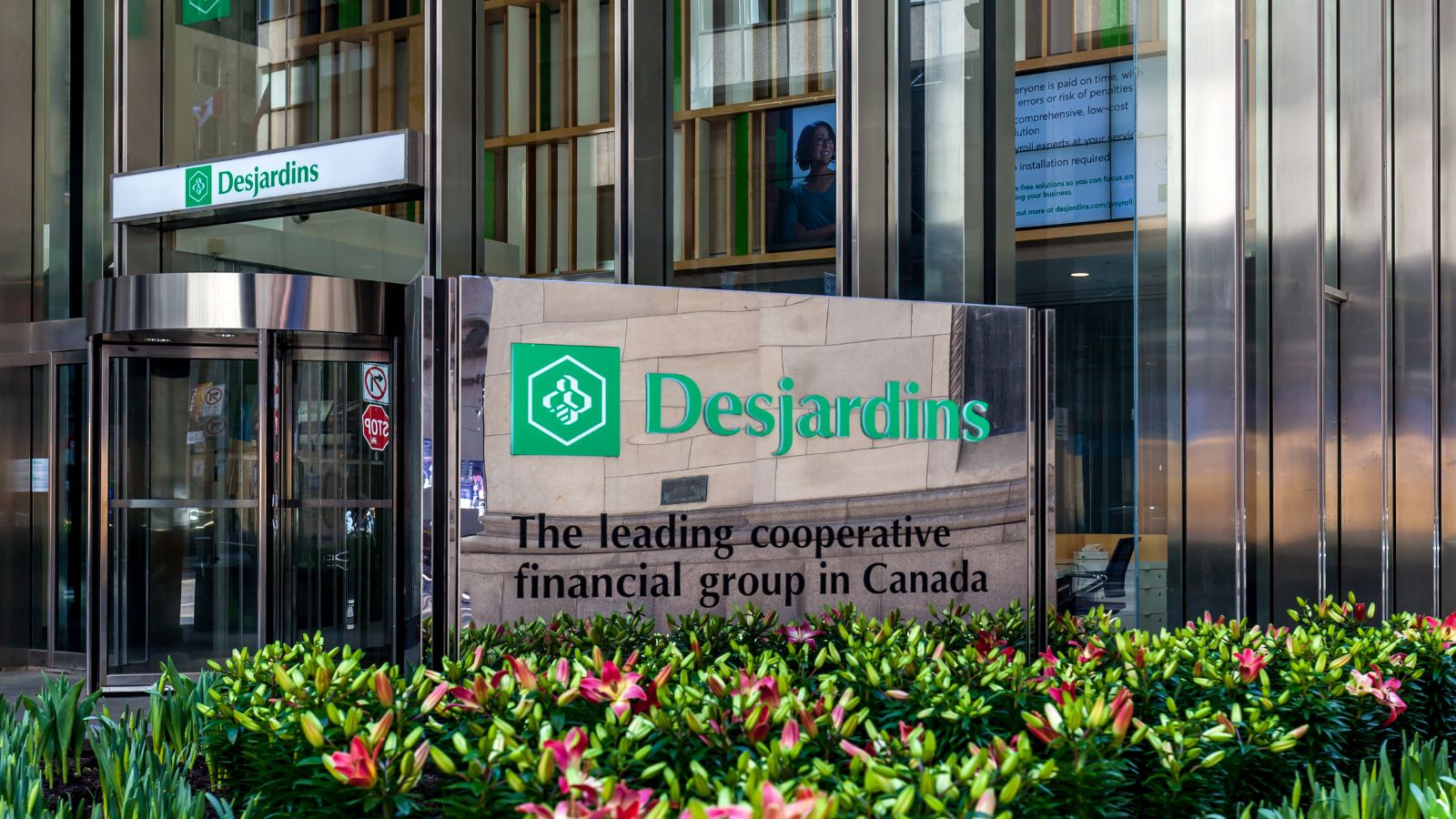
Desjardins Group, North America’s largest federation of credit unions, stands out for its cooperative structure and community-first ethos. Unlike many U.S. credit unions that remain localized and fragmented, Desjardins leverages its size to offer full-spectrum banking with competitive rates and impressive member benefits. The group has invested heavily in fintech and green lending, making it more modern than its traditional image might suggest. Its strong financial performance, reinvestment in member services, and ethical governance offer a model of cooperative banking that puts many U.S. rivals to shame.
OpenText vs. Oracle (Content Management)
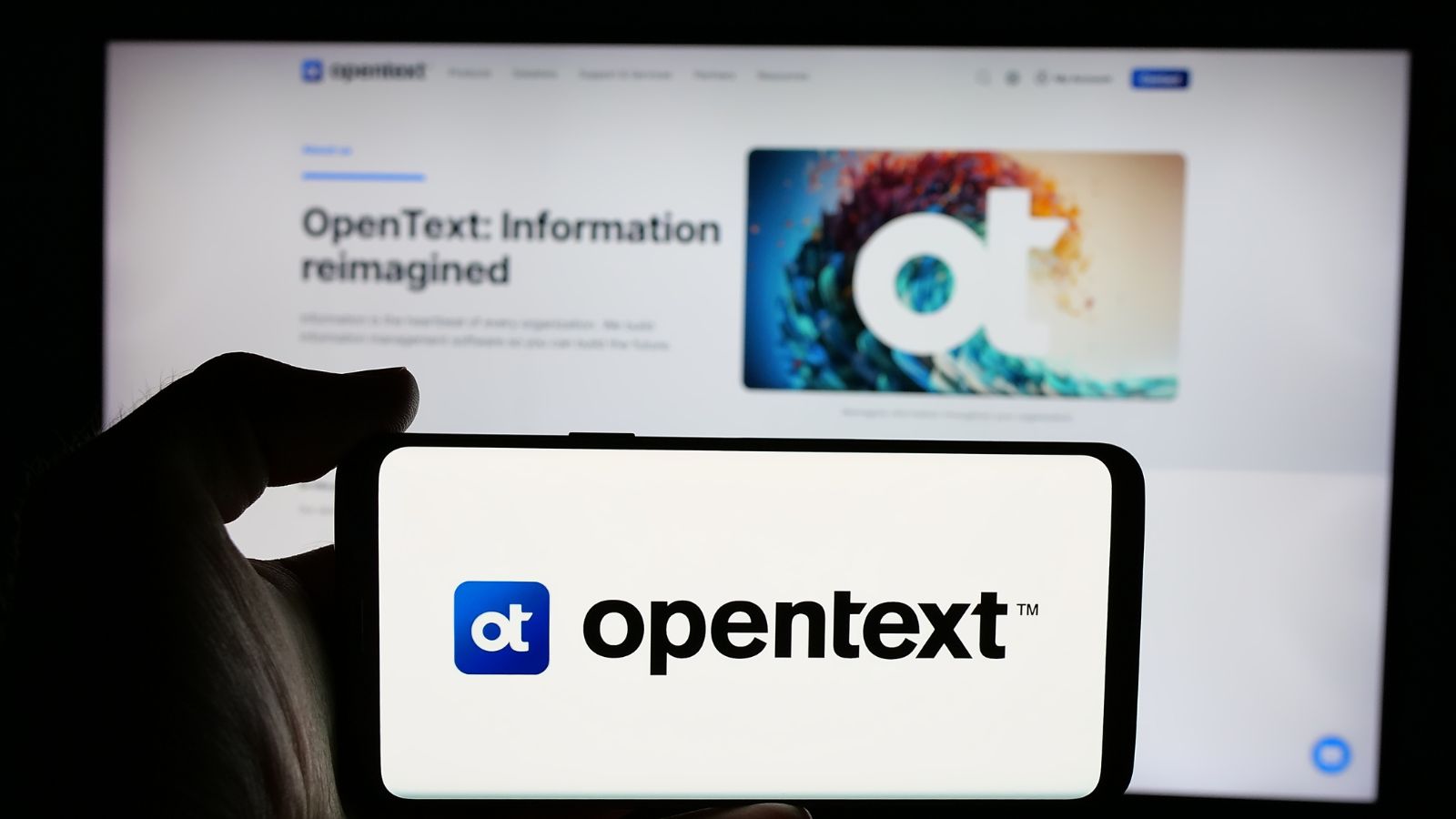
In enterprise information management, OpenText is a global force that continues to grow. While Oracle is a larger company overall, OpenText specializes in handling unstructured data, digital files, and workflow automation in ways Oracle often can’t match natively. OpenText’s acquisitions, including Documentum and Micro Focus, have expanded its capabilities into cybersecurity and cloud-native services. Also, its close integration with SAP and strong support for hybrid environments make it a go-to for enterprises navigating complex regulatory environments. And, as more businesses prioritize data sovereignty and compliance, OpenText’s offerings give it an edge over American giants that lean heavily on U.S.-centric cloud models.
Lightspeed vs. Square
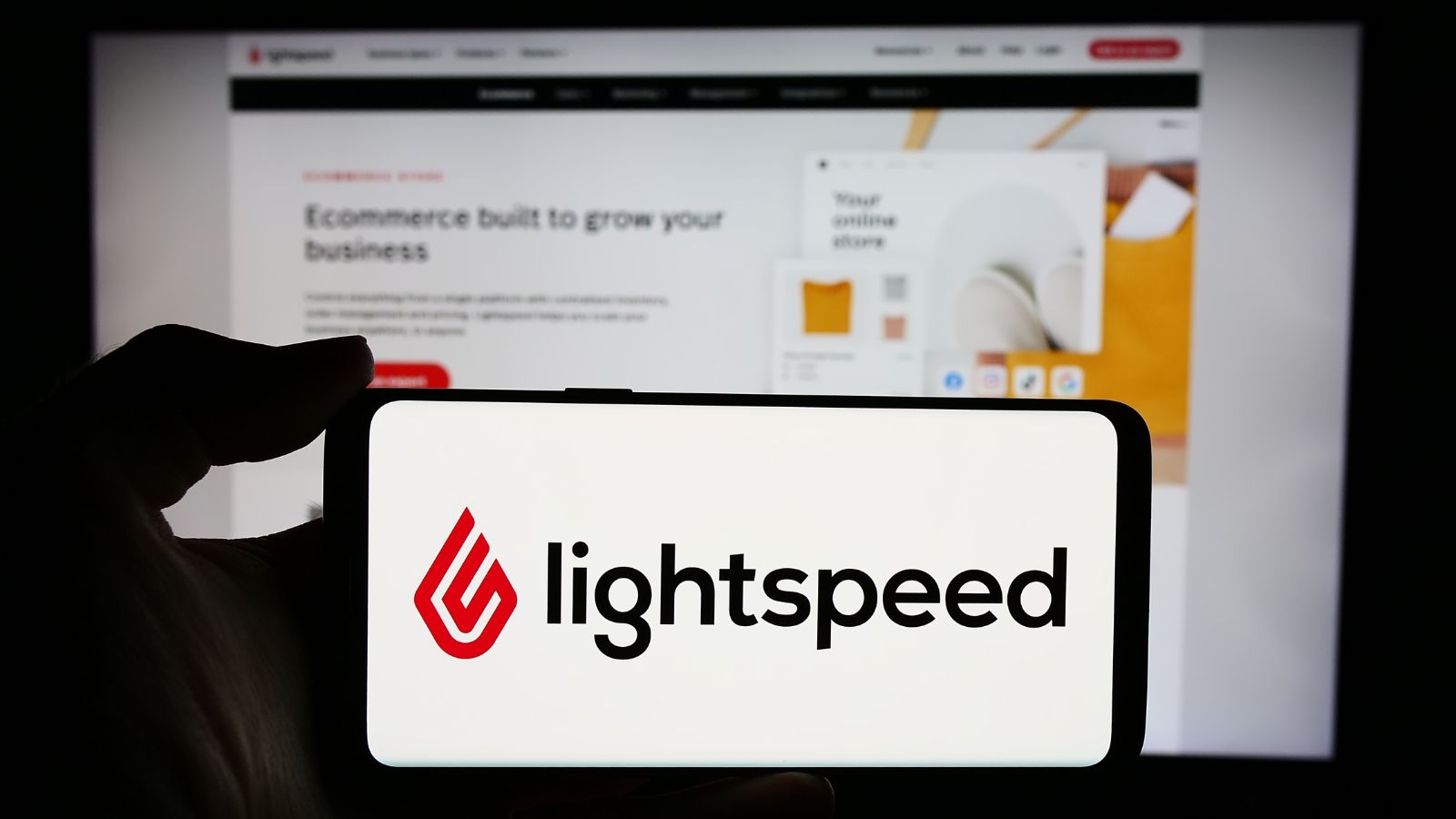
Lightspeed Commerce, based in Montreal, offers a powerful POS system tailored for restaurants, retail, and hospitality markets, where Square tends to take a more generic approach. While Square is popular among micro-merchants, Lightspeed appeals to mid-sized businesses seeking advanced features such as multi-location inventory management, appointment scheduling, and staff analytics. Lightspeed’s acquisitions of ShopKeep, Vend, and Upserve have significantly broadened its market reach. It’s also better integrated for omnichannel commerce. In international markets, Lightspeed is growing rapidly, often surpassing Square in securing partnerships in Europe and Canada.
CAE vs. Raytheon (Flight Training)
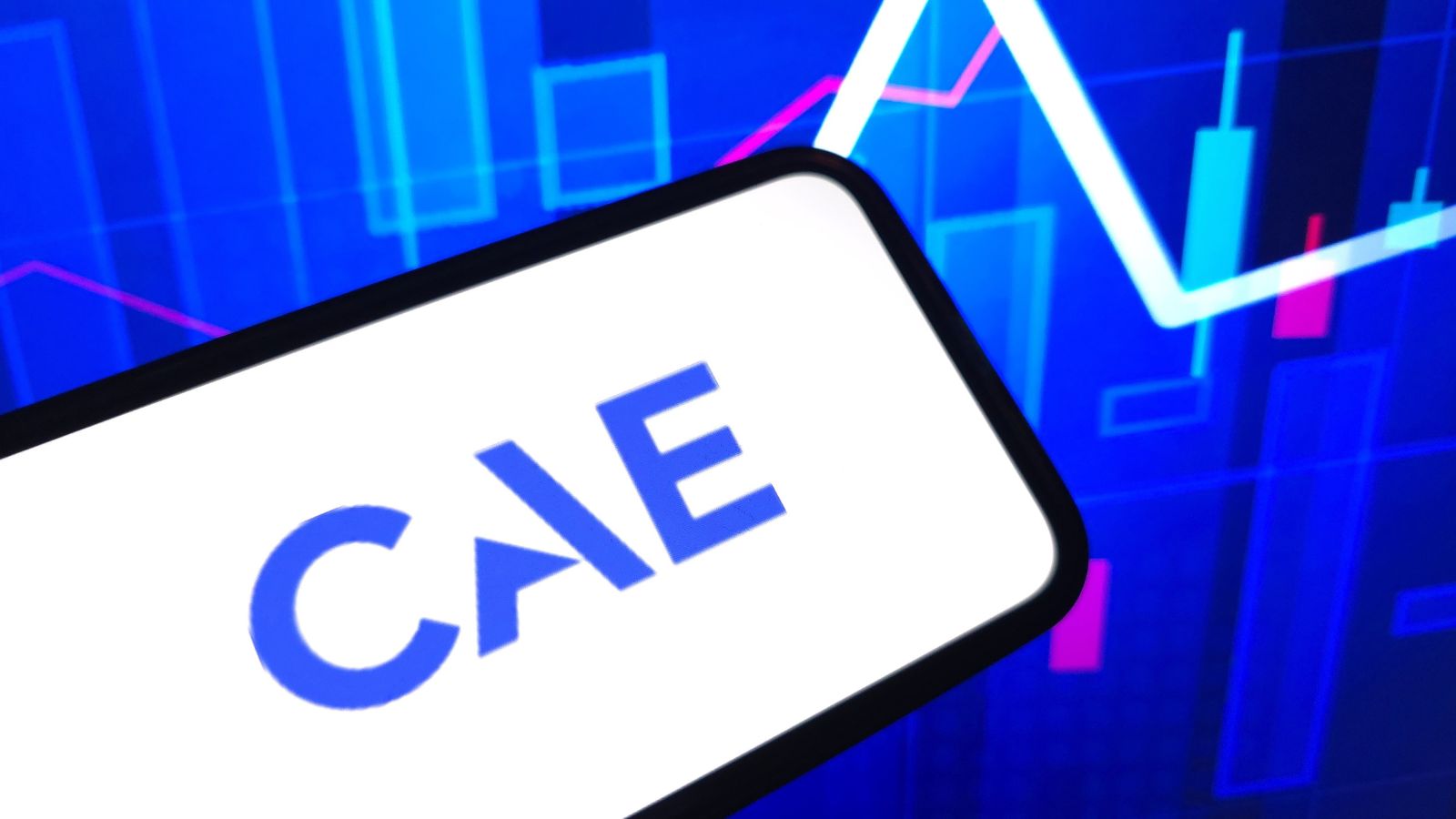
CAE has built a global reputation in aviation training, simulation, and healthcare simulation. While Raytheon is better known for defense contracts, CAE dominates the civilian and pilot training market. It supplies flight simulators to over 60 countries and operates aviation academies for both commercial and military clients. As global demand for pilots increases, CAE’s integrated training and certification pathways provide a more scalable solution than what Raytheon offers in its training division. Additionally, with sustainability efforts such as electric flight training simulators, CAE is also helping to decarbonize aviation training more quickly than its American peers.
Aritzia vs. Gap Inc.
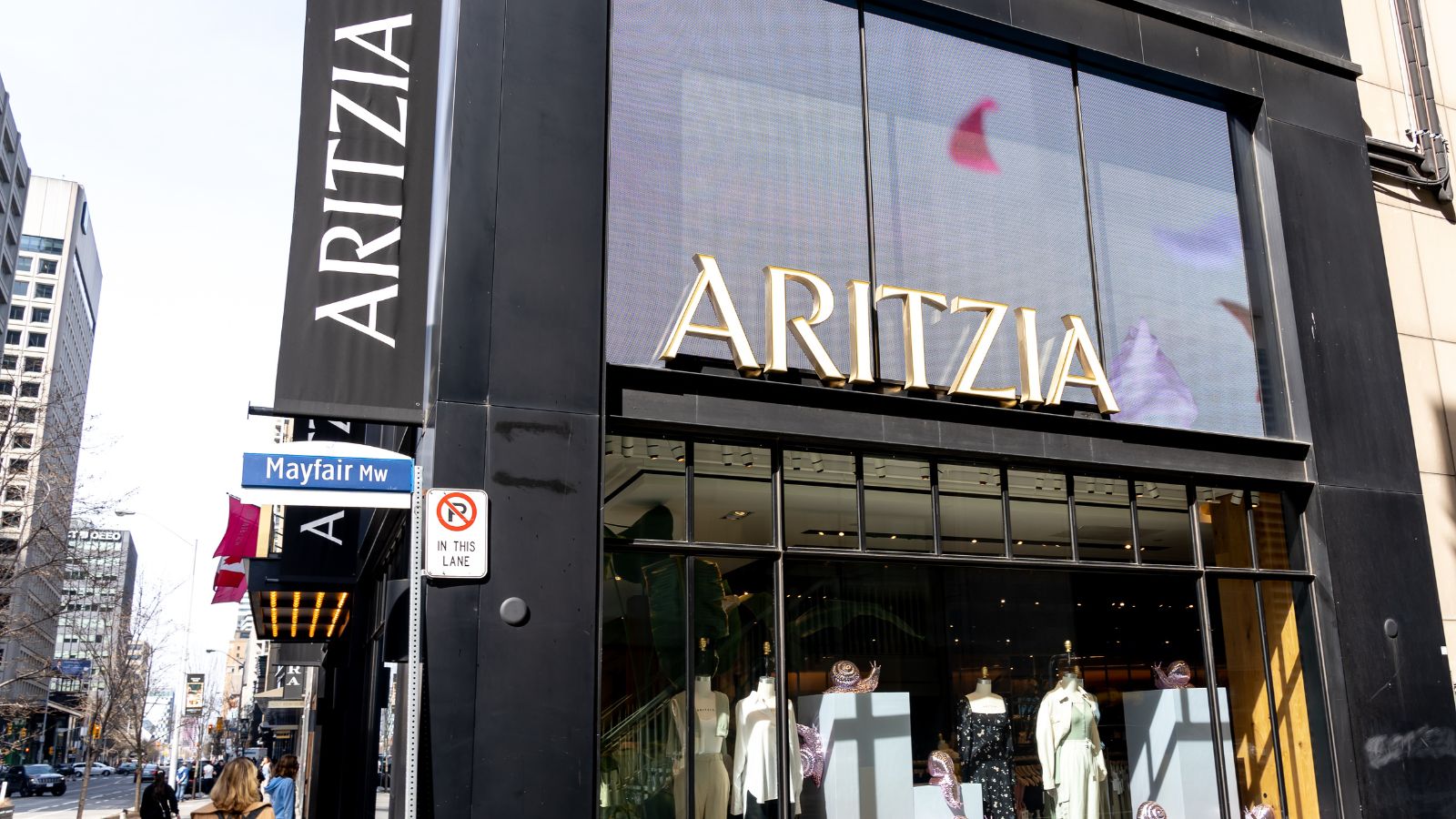
Vancouver-based Aritzia has established a reputation for itself in premium fashion by combining style, quality, and ethical sourcing. Unlike Gap Inc., which has struggled with brand identity and store closures, Aritzia has expanded into the U.S. with impressive success. The brand resonates with Gen Z and millennials who value minimalist design and in-store experiences. Aritzia’s control over its production and sales channels allows it to maintain quality and avoid the fast fashion stigma.
Teck Resources vs. Freeport-McMoRan
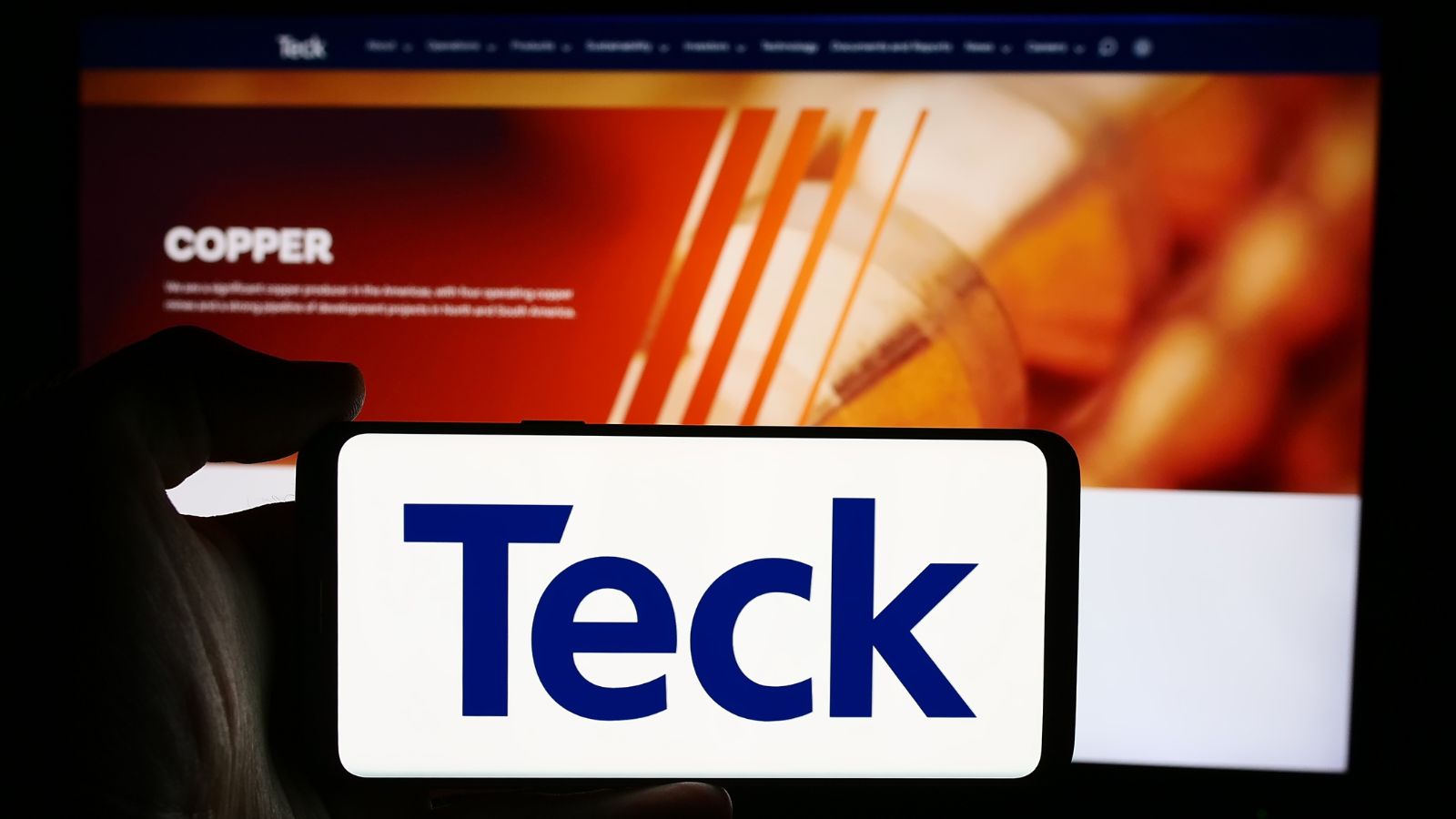
Teck Resources has carved out a niche in sustainable mining, particularly with its focus on low-carbon steelmaking, coal, and critical minerals such as copper and zinc. Freeport-McMoRan remains a copper powerhouse, but Teck’s ESG commitments, including its goal to achieve carbon neutrality by 2050, give it a strategic edge. Teck is investing in clean extraction technologies and water stewardship programs, crucial in today’s environmentally sensitive climate. It also benefits from operating in Canada’s more stable regulatory environment. And, with rising global demand for green metals, Teck’s balanced portfolio and responsible practices make it a long-term winner.
Couche-Tard vs. 7-Eleven
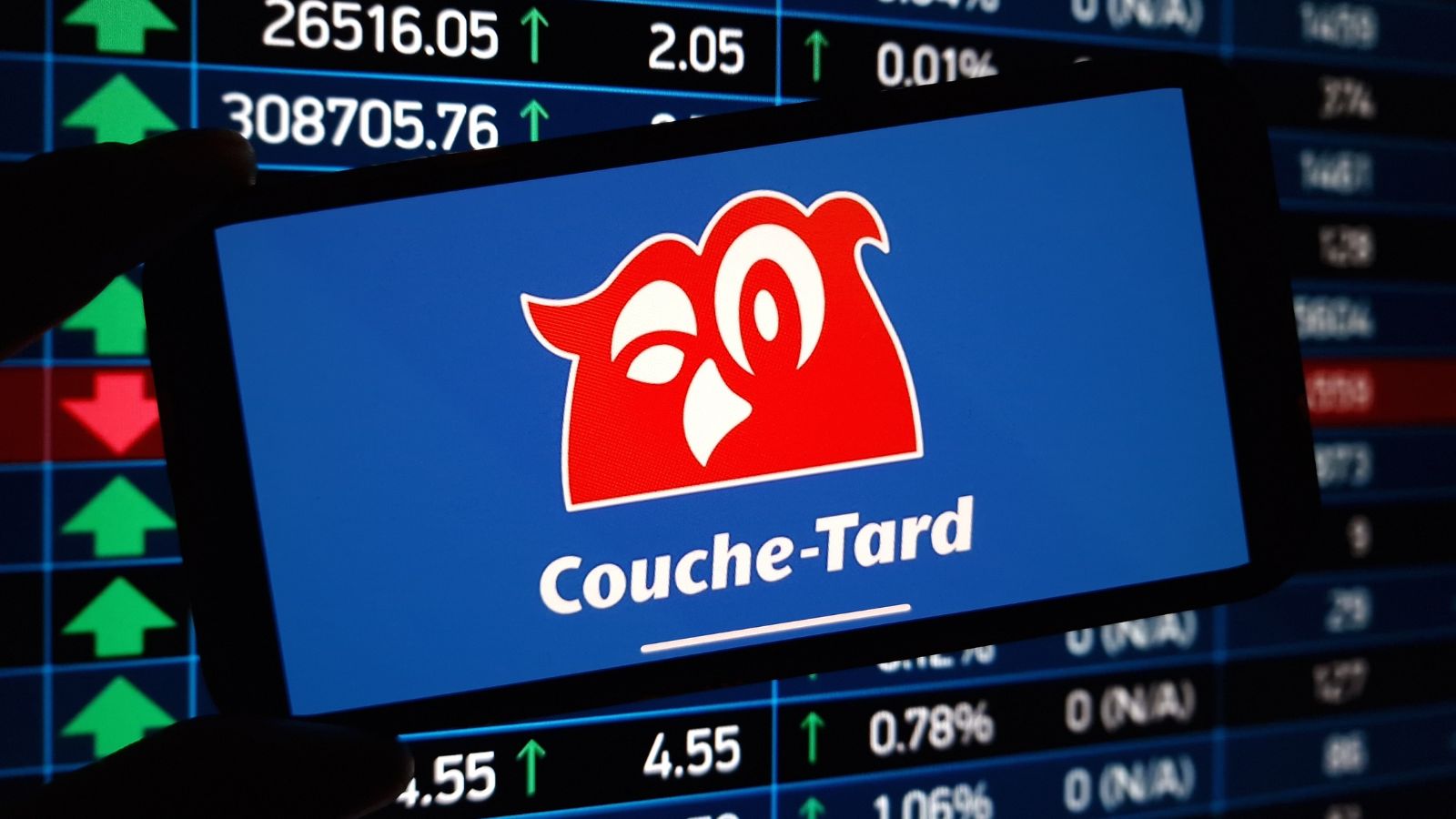
Alimentation Couche-Tard, owner of Circle K, has quietly built a global network of over 14,000 convenience stores. While 7-Eleven has broader brand recognition, Couche-Tard’s operational efficiency and smart acquisitions have allowed it to outperform in profitability. The company has adopted automation, loyalty apps, and EV charging stations more quickly than many of its competitors. It’s also more geographically diversified, with strong presences in Europe and North America. While 7-Eleven struggles with labor issues and an inconsistent global strategy, Couche-Tard continues to adapt and innovate in the convenience retailing sector.
Ballard Power vs. Plug Power
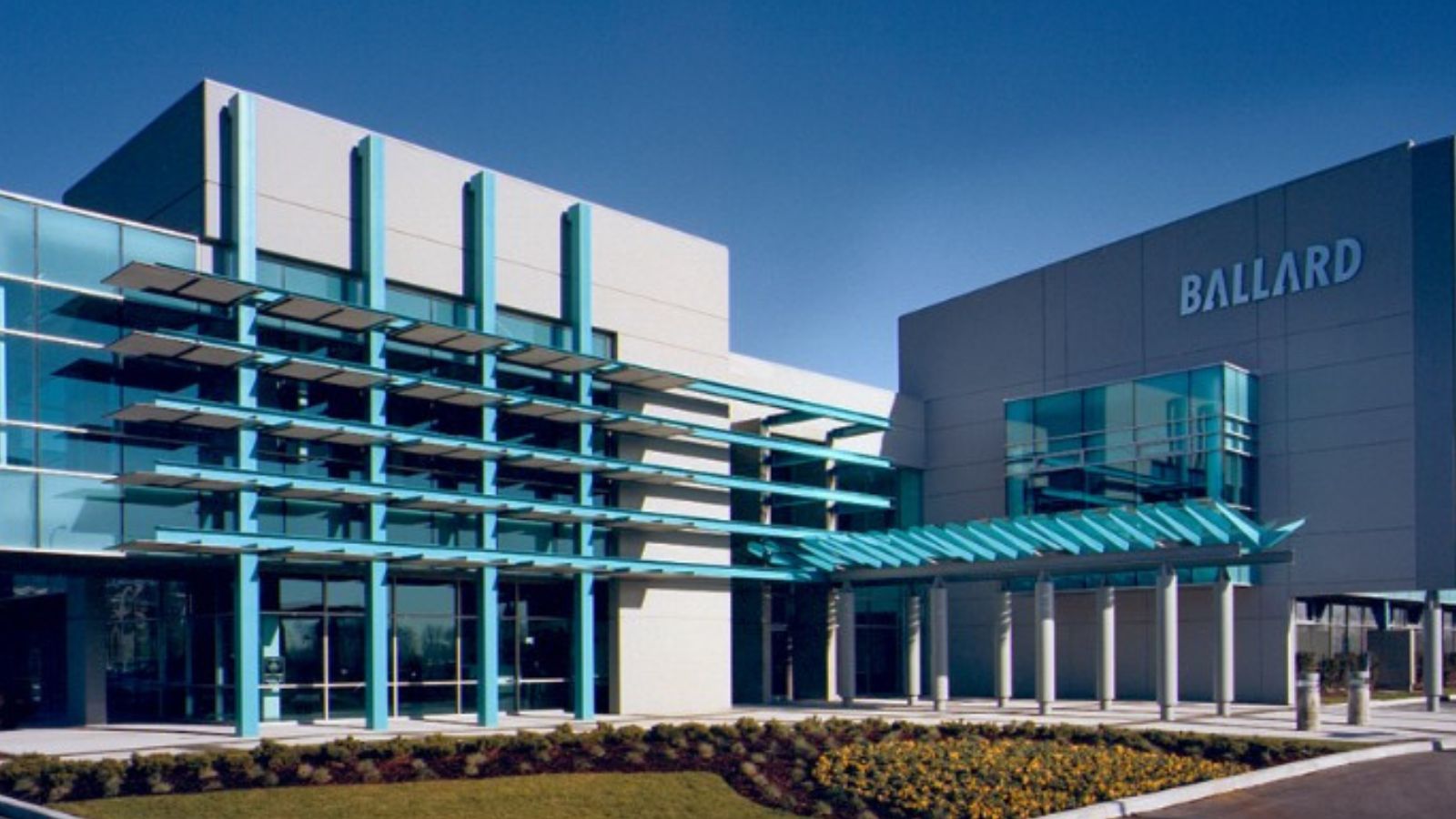
In the clean tech sector, Ballard Power Systems has been a pioneer in the development of hydrogen fuel cells. While Plug Power is often louder in PR, Ballard focuses on commercial vehicle applications, such as buses, trains, and trucks, particularly in Asia and Europe. Its partnerships with companies like Siemens and Ford, along with deep engineering capabilities, have helped Ballard maintain leadership in reliability and durability. The company also benefits from Canada’s clean energy subsidies and continues to influence global hydrogen policy. Plug Power, in contrast, has faced criticism for overpromising and underdelivering on deployment timelines.
Spin Master vs. Mattel
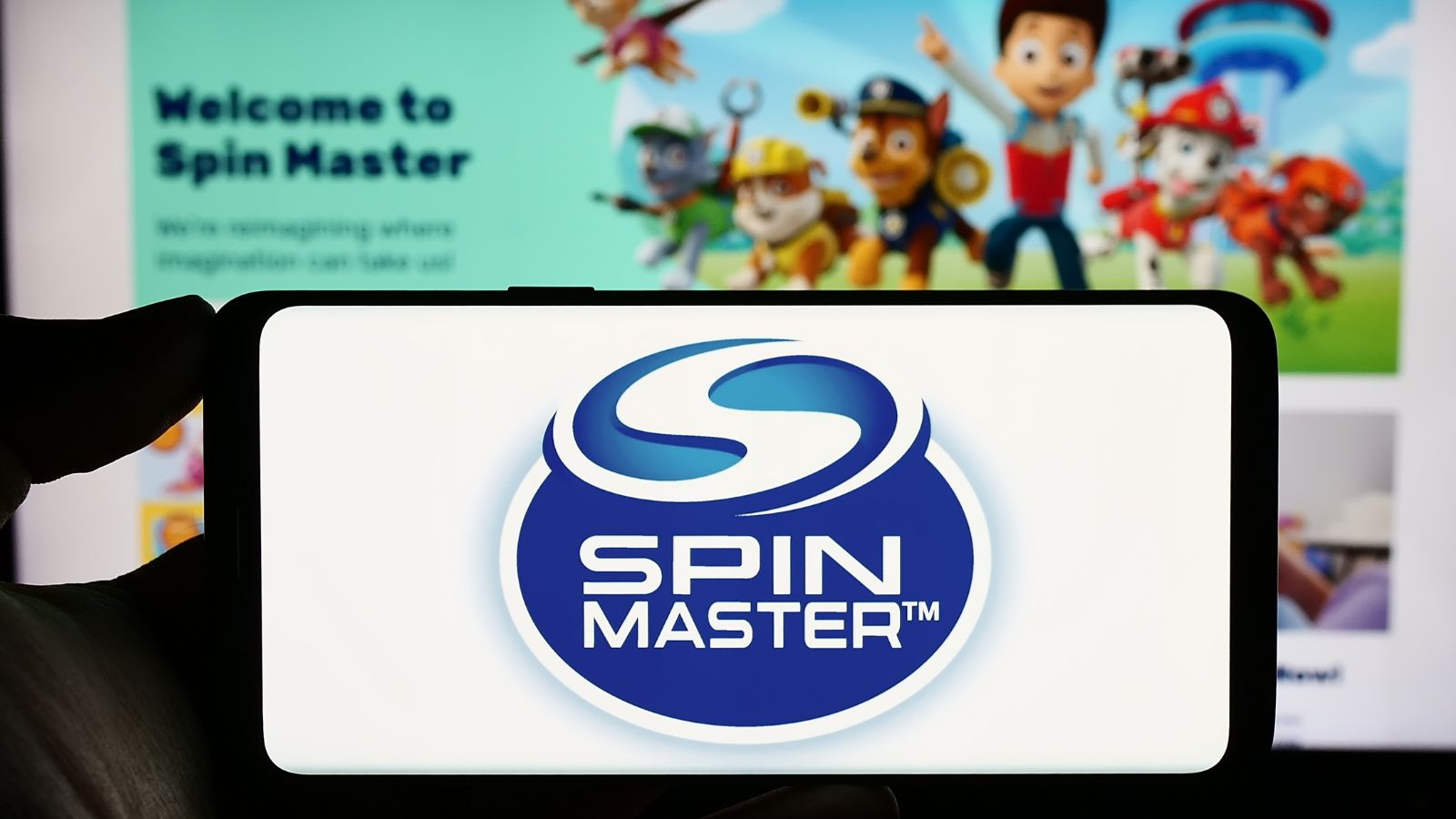
Toronto-based Spin Master has been out-innovating Mattel with original IP, such as PAW Patrol and Bakugan. Unlike Mattel, which relies heavily on legacy brands, Spin Master takes calculated risks and iterates quickly. Its in-house digital game studio and acquisitions, such as Toca Boca, help bridge the toy and tech markets. The company has won multiple Toy of the Year awards and maintains strong partnerships with global retailers. While Mattel faces challenges in revitalizing old franchises, Spin Master remains relevant with new content, a strong licensing pipeline, and diversified revenue streams, ranging from digital apps to entertainment production.
Fairfax Financial vs. AIG
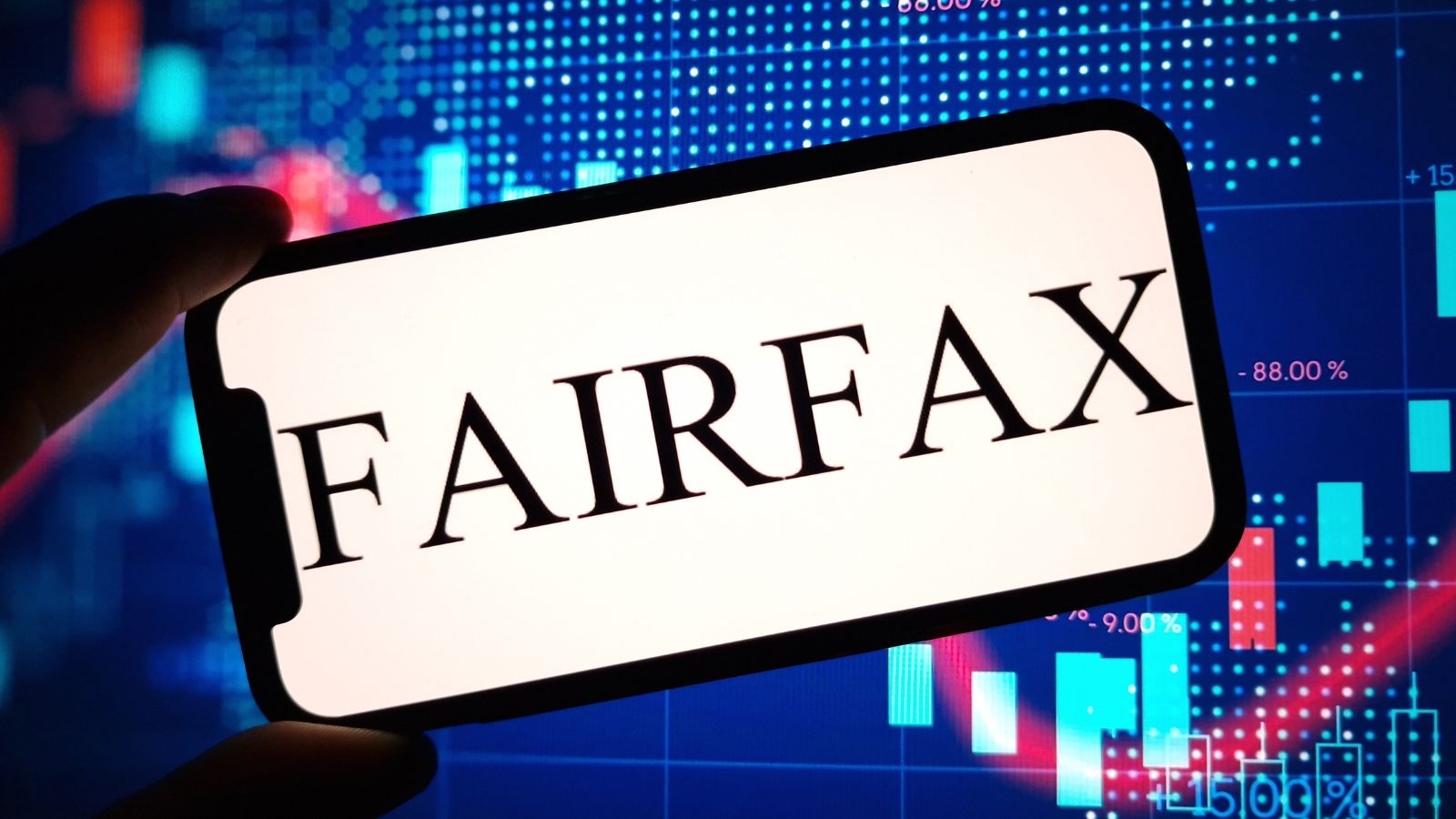
Fairfax Financial Holdings has built a reputation for disciplined value investing, whereas AIG has faced challenges with risk management and stock volatility. Fairfax’s founder, Prem Watsa, is known for Warren Buffett-style investments that prioritize long-term returns. The company has avoided the high-risk derivative games that nearly sank AIG during the financial crisis. Fairfax has grown through strategic acquisitions in insurance, reinsurance, and emerging markets, often flying under the radar. Its conservative balance sheet and steady returns appeal to investors looking for stability over speculation.
Bombardier (Business Jets) vs. Gulfstream

Bombardier has refocused its efforts solely on business aviation, and the results have been impressive. Its Global 7500 jet is considered one of the best ultra-long-range jets in the world, outperforming Gulfstream’s G700 in cabin comfort and fuel efficiency. Bombardier’s emphasis on in-house manufacturing, vertical integration, and sustainability (including carbon-neutral operations by 2050) makes it an aerospace contender once again. The company has also improved its financials and is reinvesting in customer support and MRO (Maintenance, Repair, and Overhaul) services to differentiate itself from its American rivals, such as Gulfstream.
BlackBerry (Cybersecurity) vs. CrowdStrike
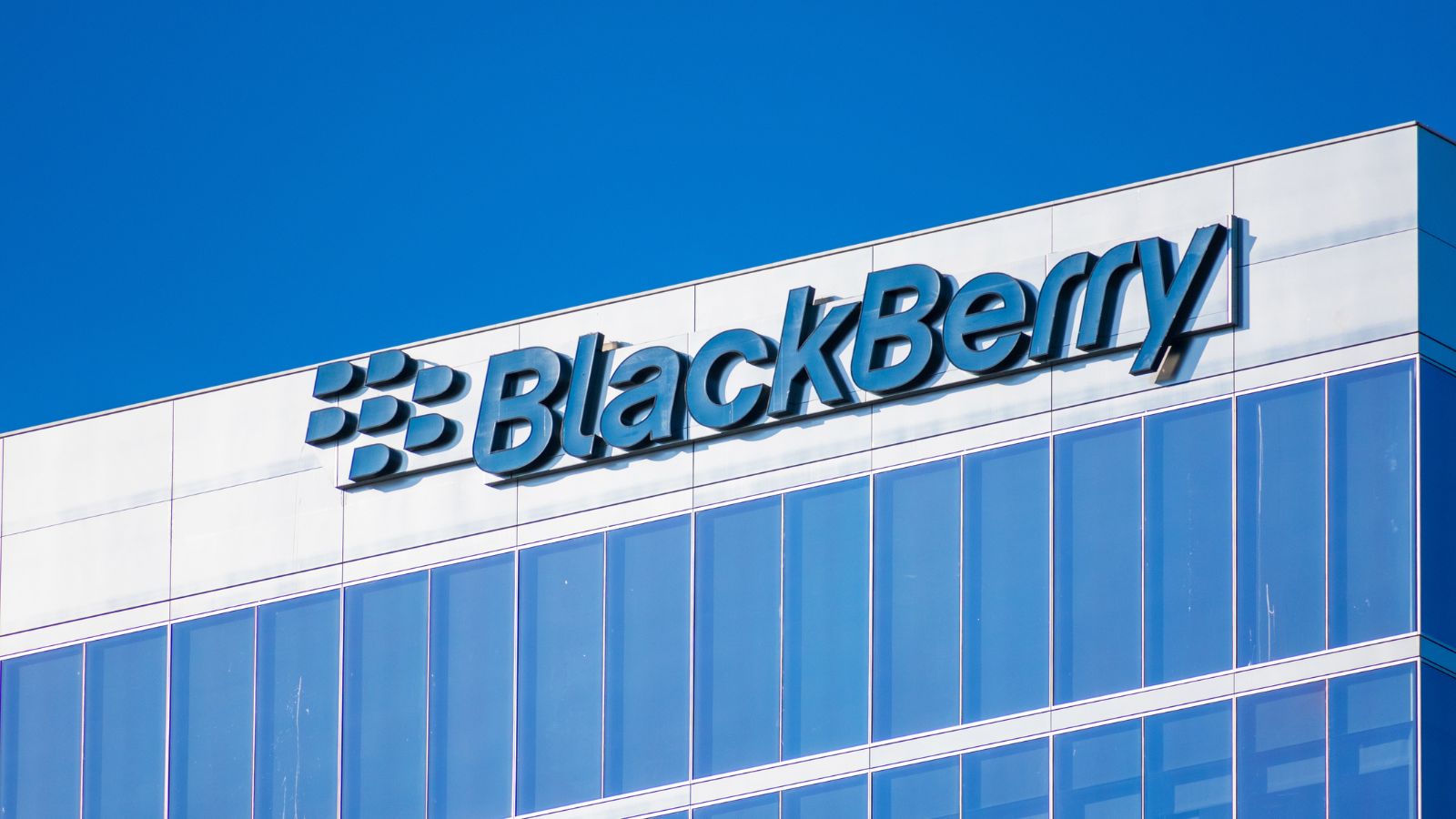
While CrowdStrike dominates headlines, BlackBerry has quietly reinvented itself as a major player in AI-driven cybersecurity and IoT. With its Cylance acquisition, BlackBerry offers machine learning-based endpoint protection that rivals CrowdStrike’s Falcon platform. Its QNX software runs in over 215 million vehicles, providing a bridge between cybersecurity and connected cars. Plus, BlackBerry’s deep experience with secure systems has made it a preferred partner for governments and critical infrastructure sectors. Unlike CrowdStrike, which is still expanding its scope, BlackBerry has already pivoted into multiple verticals with embedded, secure solutions.
Aurora Cannabis vs. Tilray (U.S. Focused)
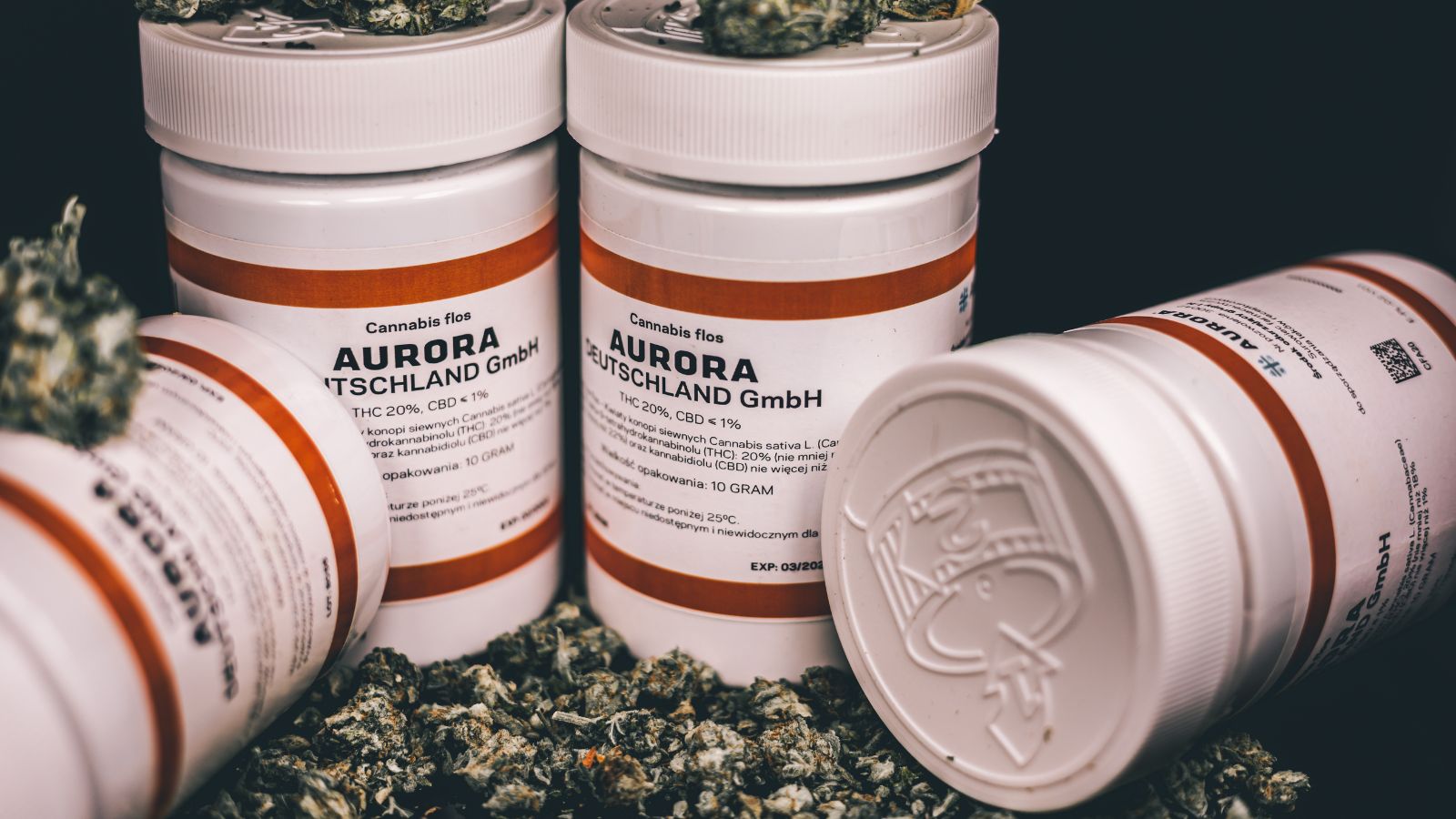
Aurora Cannabis has adopted a science-forward, Canadian-centric approach to legalization, which contrasts with Tilray’s more aggressive U.S.-centric strategy. While Tilray has suffered from overextension and brand dilution, Aurora has tightened operations, invested in medical cannabis, and focused on consistent product quality. It has supply agreements across Europe and Israel and leads in medical R&D. Additionally, Aurora’s modular production model enables it to scale efficiently without the overspending that has hindered many cannabis peers. In a maturing market where consistency and quality matter more than hype, Aurora is better positioned for long-term leadership.
WestJet vs. JetBlue

WestJet has transitioned from a budget airline to a full-service international carrier with a growing transatlantic footprint. While JetBlue remains mostly regional, WestJet now serves Europe and the Caribbean and is investing in fleet upgrades, in-flight services, and a loyalty program overhaul. WestJet’s acquisition by Onex has enabled it to operate more nimbly, particularly in comparison to heavily unionized U.S. carriers. Its Swoop subsidiary also competes effectively in the ultra-low-cost segment. Plus, with growing partnerships and code-shares, WestJet is positioning itself as a truly global airline, while JetBlue remains constrained by geography.
21 Products Canadians Should Stockpile Before Tariffs Hit

If trade tensions escalate between Canada and the U.S., everyday essentials can suddenly disappear or skyrocket in price. Products like pantry basics and tech must-haves that depend on are deeply tied to cross-border supply chains and are likely to face various kinds of disruptions
21 Products Canadians Should Stockpile Before Tariffs Hit
